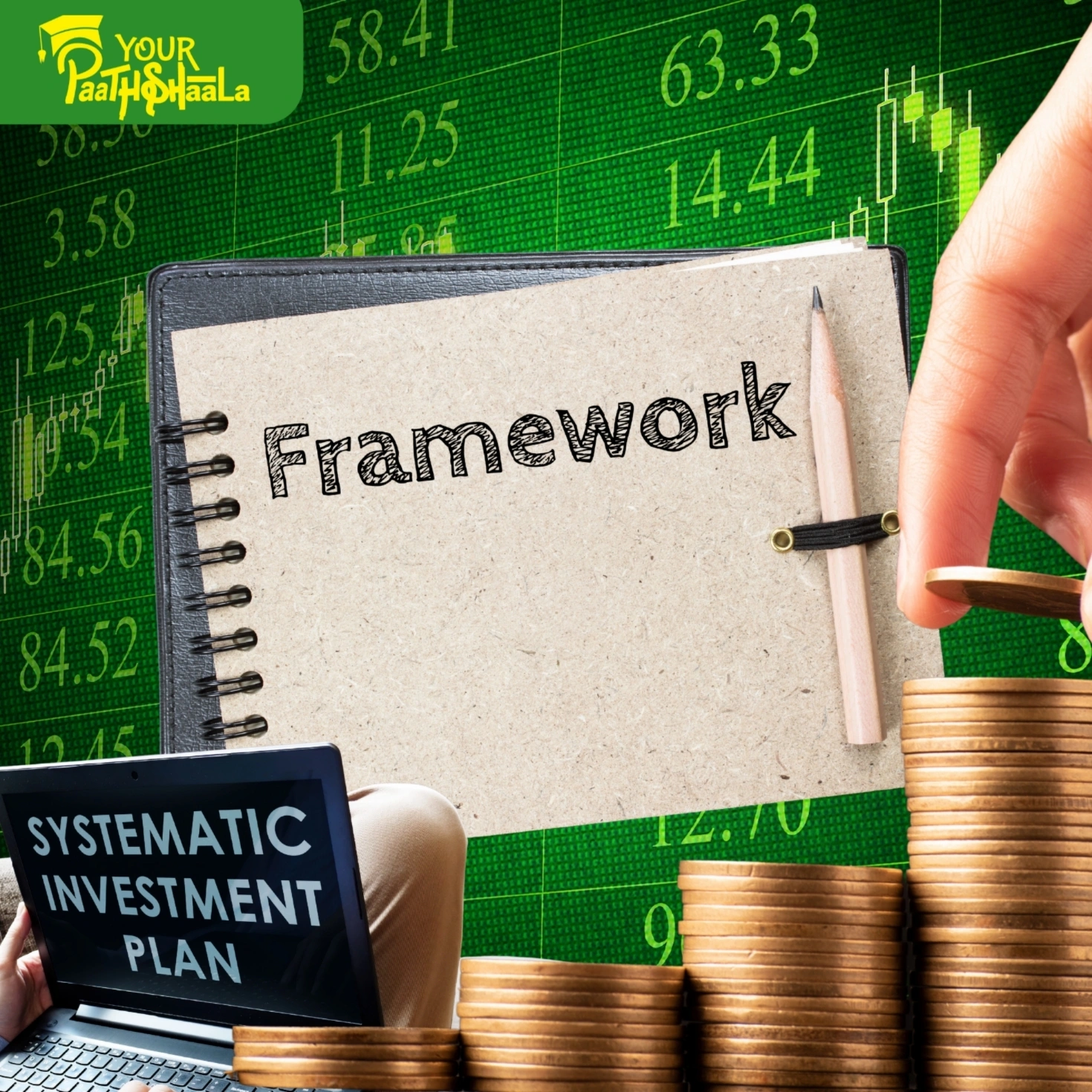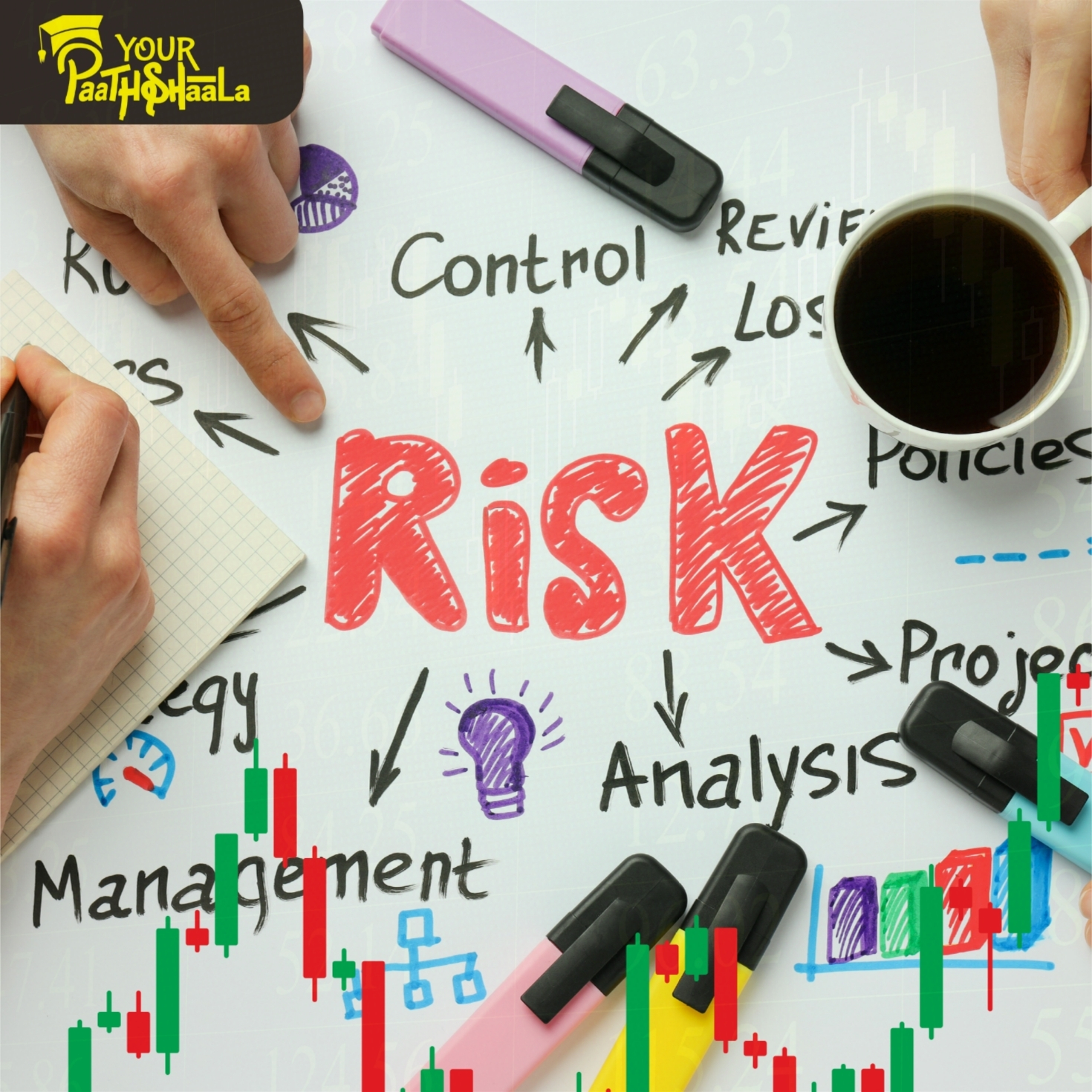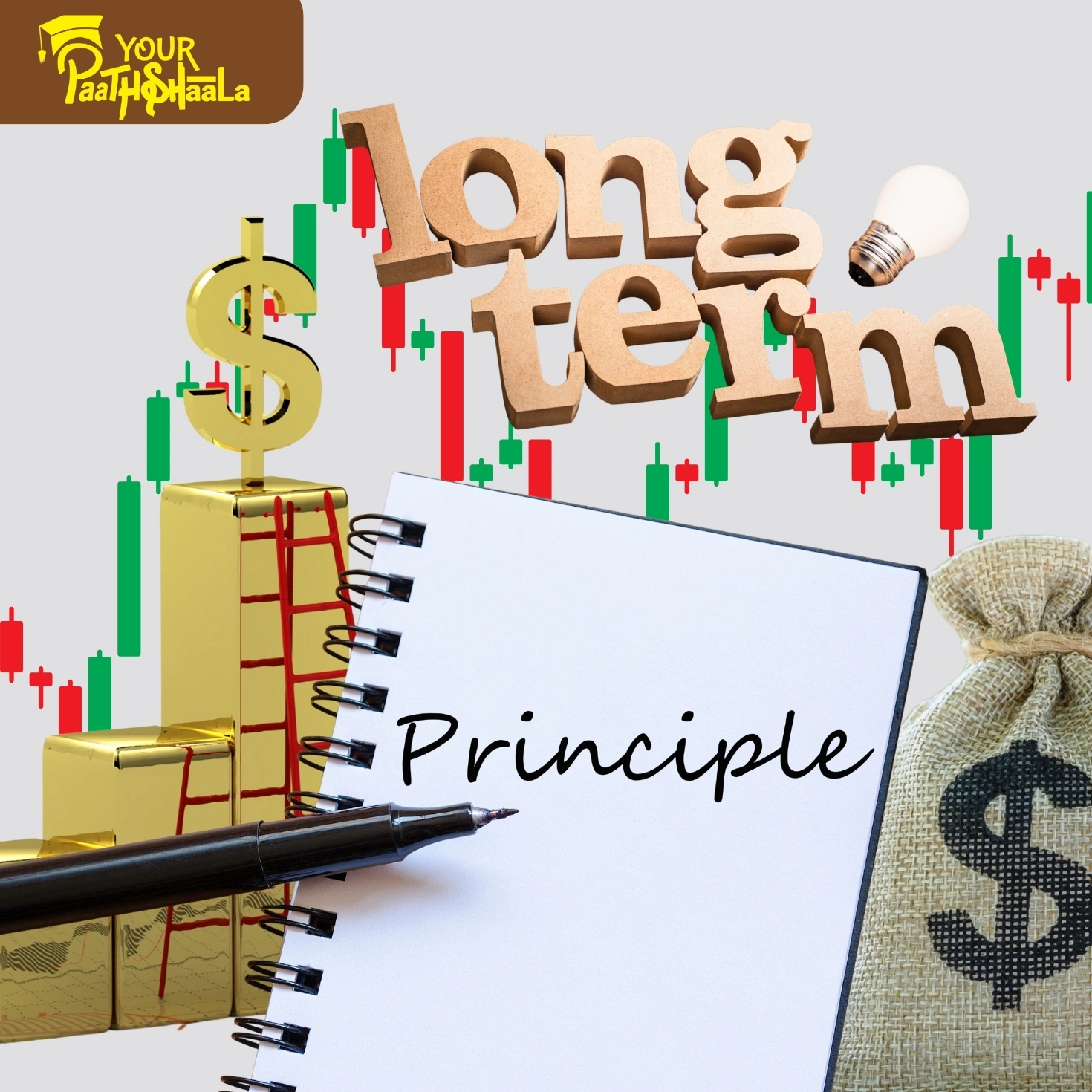Quantum-Safe Security: Protecting Investments in the Next Era in 2025
Today’s markets are shaped by a convergence of forces—AI, climate factors, behavioral insights, and macroeconomic trends—demanding a holistic approach to investing. As of September 2, 2025, a systematic integration framework combines these elements with clear implementation priorities and robust measurement systems to create adaptive, resilient portfolios. This 2000-word guide explores these strategies, offering actionable insights for beginners and seasoned investors. By uniting modern trends, investors can align portfolios with complex market realities. Ready to build stronger strategies? Let’s dive into the systematic integration framework.
What is a Systematic Integration Framework?
A systematic integration framework is a structured approach to investing that blends multiple modern trends—AI-driven analytics, climate-aware strategies, behavioral finance, and macroeconomic factors—into cohesive portfolio strategies. It uses technology for efficiency and measurement systems to track performance across dimensions like risk, return, and sustainability. With global markets facing volatility (VIX at 18, per CBOE) and ESG assets reaching $50 trillion in 2024, per Bloomberg, this framework is critical for resilience in 2025’s dynamic financial landscape.
Key Strategies in Systematic Integration Framework
To succeed with a systematic integration framework, focus on three key strategies: integrating AI, climate, and behavioral insights, setting clear implementation priorities, and using measurement systems for performance tracking. Below, we explore each in detail.
1. Integrating AI, Climate, and Behavioral Insights
This strategy combines AI-driven analytics for real-time decisions, climate-aware investing for sustainability, and behavioral insights to counter biases like overconfidence. For example, AI can optimize allocations to ESG ETFs like ESGU, while behavioral nudges prevent panic selling during market dips.
How to Integrate AI, Climate, and Behavioral Insights
Use AI platforms like QuantConnect for data-driven portfolio optimization.
Allocate to climate-focused ETFs like ICLN (clean energy) or BGRN (green bonds).
Apply behavioral tools like Riskalyze to assess and mitigate investor biases.
Diversify across AI-driven, climate-aware, and behavior-adjusted assets for balance.
Integration enhances adaptability but requires coordination, so use platforms that unify these elements.
2. Clear Implementation Priorities: Adopting Technology Effectively
Clear implementation priorities ensure technology is adopted efficiently, focusing on tools that align with investment goals. For instance, prioritizing robo-advisors for automation or climate analytics for ESG integration streamlines portfolio management while maintaining discipline.
How to Set Implementation Priorities
Choose platforms like Wealthfront or Betterment for automated, integrated investing.
Prioritize tools like Bloomberg ESG or MSCI Climate for climate-focused analytics.
Focus on cost-effective technologies to maximize returns on ETFs like VTI (total market).
Diversify technology use across analytics, automation, and behavioral tools for efficiency.
Clear priorities improve execution but risk overcomplication, so focus on essential tools aligned with goals.
3. Measurement Systems: Tracking Multidimensional Performance
Robust measurement systems track portfolio performance across multiple dimensions—returns, risk, sustainability, and behavioral alignment—using metrics like Sharpe ratio, carbon intensity, or adherence to goals. This ensures portfolios remain resilient and aligned with market trends.
How to Use Measurement Systems
Leverage platforms like Morningstar or Bloomberg Terminal for multidimensional analytics.
Track performance of ETFs like SPY (S&P 500) or XLV (healthcare) against benchmarks.
Monitor ESG and behavioral metrics to ensure alignment with investment objectives.
Diversify across asset classes to balance performance across dimensions.
Measurement systems enhance accountability but require accurate data, so use verified platforms.
Risks and Challenges in Systematic Integration Framework
The systematic integration framework offers resilience but comes with challenges:
Complexity: Combining multiple trends can overwhelm investors.
Data Overload: Integrating diverse metrics risks misinterpretation.
Technology Dependence: Over-reliance on tools may overlook qualitative factors.
Market Volatility: Rapid shifts (VIX at 18, per CBOE) can disrupt strategies.
To mitigate risks, diversify approaches, use reliable data sources, and balance technology with human judgment. Professional guidance can optimize execution.
Tools and Resources for Systematic Integration Framework
To excel in integrated investing, leverage these tools:
Analytics Platforms: Use Bloomberg Terminal or MSCI for AI and climate analytics.
Investment Platforms: Access ETFs via Vanguard or Fidelity for portfolio implementation.
Behavioral Tools: Leverage Riskalyze or Morningstar’s Investor Profile for bias assessment.
Educational Resources: YourPaathshaala offers practical lessons and free demo classes.
These tools, paired with disciplined research, can enhance your integrated investing strategy.
Why Systematic Integration Framework Matters in 2025
As of September 2, 2025, the systematic integration framework is critical amid complex market dynamics. ESG assets grew to $50 trillion in 2024, per Bloomberg, while AI-driven strategies were adopted by 70% of wealth managers, per PwC. Behavioral errors cost retail investors 20% of returns in 2024, per JPMorgan, and market volatility (VIX at 18, per CBOE) underscores the need for adaptive strategies. Integrated portfolios outperformed traditional ones by 8% in 2024, per Morningstar, making this framework essential for 2025.
Getting Started with Systematic Integration Framework
Ready to build resilient portfolios with modern trends? Follow these steps:
- Learn Integration Basics: Study AI, climate factors, and behavioral finance.
- Choose a Platform: Select a broker with integrated analytics and ESG tools.
- Start Small: Test strategies with a small, diversified portfolio.
- Diversify: Spread investments across AI-driven, climate-aware, and behavior-adjusted assets.
- Seek Education: Join YourPaathshaala’s free demo classes for practical lessons, located near Anjali Children Hospital, Tagore Nagar, Mathpurena, Raipur, Chhattisgarh, PIN code: 492001.
Conclusion
The systematic integration framework—blending AI, climate factors, behavioral insights, clear implementation priorities, and measurement systems—creates stronger, more adaptive portfolios in 2025. These strategies align investments with modern market realities, enhancing resilience and growth. Despite challenges like complexity or data overload, diversified approaches and robust tools can lead to success. Explore these concepts with YourPaathshaala’s clear, practical lessons and free demo classes to address your doubts.
Visit YourPaathshaala
Near 🏥 Anjali Children Hospital, Tagore Nagar, Mathpurena, Raipur.
📫 PIN code: 492001, Chhattisgarh
📞 Click the Call Now to contact us!







